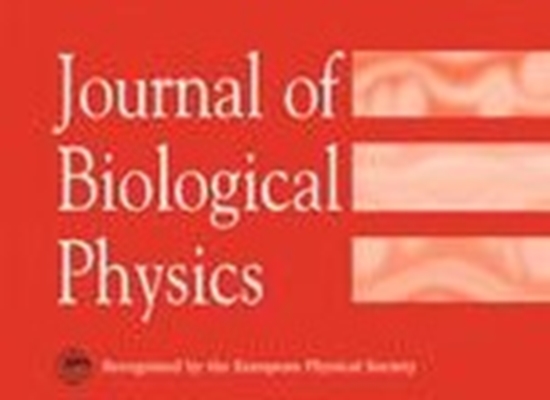Structural insights into the pathogenicity of point mutations in human acyl-CoA dehydrogenase homotetramers
Acyl-CoA dehydrogenase deficiency (ACAD) is an inherited and potentially fatal disorder with variable clinical symptoms. The relationship between pathogenicity and deleterious point mutations is investigated here in ACAD structures of short (SCAD) and medium-chain (MCAD) types.

:Abstract
Acyl-CoA dehydrogenase deficiency (ACAD) is an inherited and potentially fatal disorder with variable clinical symptoms. The relationship between pathogenicity and deleterious point mutations is investigated here in ACAD structures of short (SCAD) and medium-chain (MCAD) types. Structures and dynamic features of native and mutant forms of enzymes models were compared. A total of 2.88 µs molecular dynamics simulations were performed at four different temperatures. Total energy, RMSD, protein ligand interactions and affinity, RMSF measures, secondary structure changes, and important interactions were studied. Mutations in the three main domains of ACADs are pathogenic, while those located at linker turns are not. Mutations affect mostly tetramer formations, secondary structures, and many contacts and interactions. In R206H (MCAD mutant) which is experimentally known to cause a huge turnover decrease, the lack of a single H-bond between substrate and FAD was observed. Secondary structures showed temperature-dependent changes, and SCAD activity was found to be highly correlated to the enzyme helix 3–10 content. Finally, RMSF patterns pointed to one important loop that maintains the substrate close to the active site and is a cause of substrate wobbling upon mutation. Despite similar structure, function, and cellular location, SCAD and MCAD may have different optimum temperatures that are related to the structure taken at that specific temperature. In conclusion, new insight has been provided on the effect of various SCAD and MCAD pathogenic mutations on the structure and dynamical features of the enzymes.




ارسال به دوستان